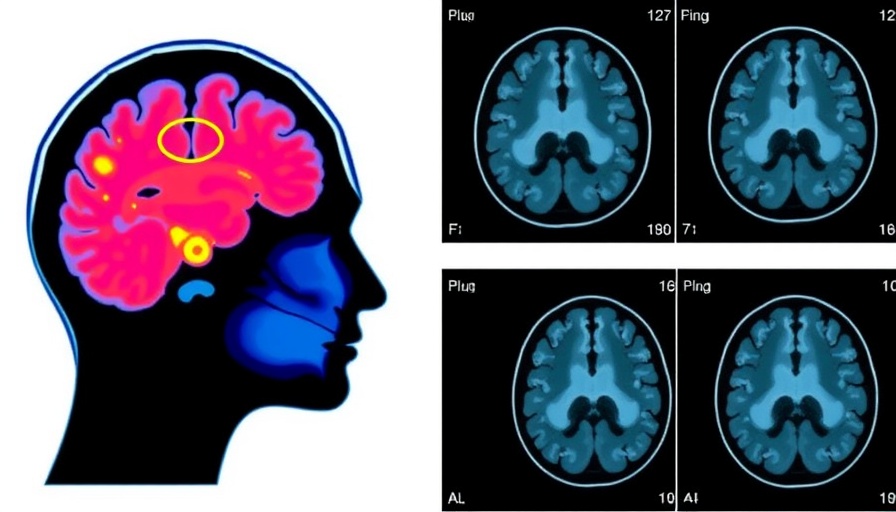
Understanding Disease Analogs: A New Framework
In the ever-evolving landscape of healthcare economics, identifying the right disease analogs plays a pivotal role, especially for concierge medical practices. Disease analogs serve as crucial reference points for payers when they make pricing and coverage decisions of medications. However, this identification process has traditionally lacked structure, relying heavily on anecdotal evidence and ad hoc strategies.
A Structured Approach: Benefits and Implementation
In a recent study published in the Journal of Managed Care Pharmacy (JMCP), researchers proposed a systematic four-step framework aimed at establishing disease analogs for distinct conditions, notably pulmonary arterial hypertension (PAH). This structured approach encourages the use of quantifiable metrics to create reliable analogs that inform drug manufacturers, policymakers, and managed care pharmacists alike. For concierge medical practice owners, this method not only simplifies the decision-making process about drug pricing but also enhances communication with payers.
The Four-Step Framework in Detail
The four-step framework outlined in the JMCP study includes:
Defining Criteria: Establish the essential metrics to quantify diseases, including prevalence, treatment pathways, and associated costs.
Collecting Data: Gather comprehensive data on rare diseases to substantiate comparisons effectively.
Applying the Framework: Use the predefined metrics to analyze and generate disease analogs systematically.
Reviewing Outcomes: Continuously reassess the outcomes to ensure the analogs remain relevant as new data emerges.
This structured approach allows for a repeatable assessment, which can empower concierge medical practice owners to make informed decisions regarding drug tier placement and coverage requirements.
Why This Matters: Regulatory Insights for Practice Growth
Particularly for concierge practices, understanding the regulatory landscape is essential for navigating the complexities of reimbursement and patient management. By adopting a structured approach to identifying disease analogs, practice owners can bolster their standing in the community and present a compelling case to payers. This methodology allows practices to leverage existing knowledge about common conditions to justify pricing and treatment options for patients with rare diseases.
Proactive Engagement Strategies
As concierge medical practice owners focus on their growth, employing strategic insights from the JMCP study can significantly boost their operational efficiency. The ability to substantiate decisions with rigorous analytics reshapes how practices interact with payers, thus ensuring that their services are fairly compensated. Furthermore, understanding how to engage with citing disease analogs can lead to innovative solutions for patient care, enhancing overall patient satisfaction.
Conclusion: Taking Action with Insights
For concierge medical practices aiming to thrive in an increasingly competitive environment, embracing a structured approach to identifying disease analogs is essential. This not only ensures that practices remain compliant with regulatory demands but also fortifies their reputation as leaders in patient care. To fully leverage these insights, consider integrating such frameworks into practice strategies today.
 Add Row
Add Row  Add
Add 




Write A Comment